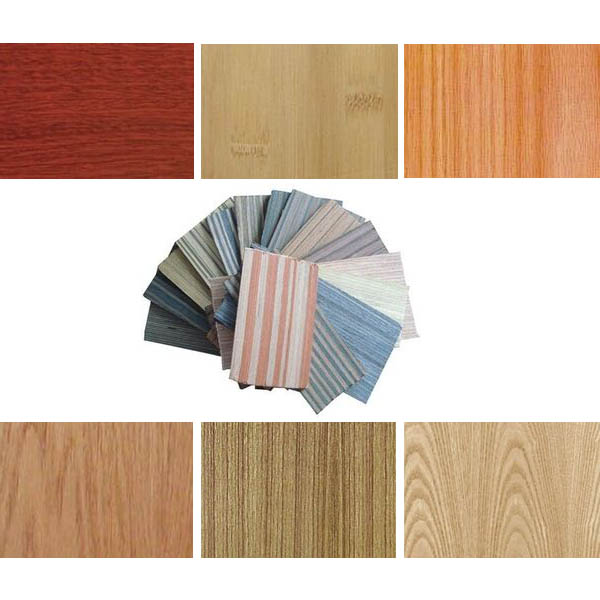Explosion-proof electrical equipment is widely installed in explosion-hazardous areas where coal, petroleum, chemical, pharmaceutical, textile, and machinery manufacturing industries may generate explosive atmospheres, vapors, flammable dusts, or fibers. According to investigations, 60% to 80% of explosions and fire accidents are caused by improper installation and use of electrical equipment. Common mistakes in the installation of explosive electrical equipment include:
Misunderstanding 1: The replacement of the seal ring with the blockage of the seal packing can meet the explosion-proof requirements.
For the convenience of installation, many installation and construction personnel often directly discard the sealing ring of the explosion-proof electrical equipment and use a sealed packing to block it, and recognize that foreigners can prevent external explosive gas from entering the equipment to prevent it. In actual fact, if the seal packing is directly used in the explosion-proof explosion-proof electric equipment, it will make the explosion-proof performance of the product seriously ineffective. The seal packing can achieve the effect of isolation and sealing only when it is properly used with the corresponding isolating seal box.
Misunderstanding 2: Pipe directly into the pipeline can compress the seal ring.
The rubber sealing ring in the cable entry device of explosion-proof electrical equipment is an important component to maintain explosion-proof performance of anti-riot electrical equipment. However, during the inspection, we found that many installers in the steel pipe wiring system pressed the rubber sealing ring by twisting the outer steel pipe directly into the inlet of the explosion-proof electrical equipment and thought it could compress the sealing ring. This is actually an extremely common mistake. GB50257-1996 "Electrical Installation Installation Explosion and Fire Hazardous Environment Electrical Installation and Acceptance Criteria" stipulates that in the explosive gas environment Zone 1 and Zone 2 , the effective number of thread engagement: the pipe diameter of 25mm and below should not be less In 5 deduction, the pipe diameter of 32mm and above should not be less than 6 deduction. The external thread of the steel pipe is made by the construction personnel on the spot and is mostly tapered. It cannot be ensured that it can effectively mesh with the straight internal thread of the inlet of the explosion-proof electrical equipment and achieve the required number of deductions. Once a flame is generated inside a flameproof explosion-proof electrical equipment and an explosive gas that may enter the interior of the equipment through the flameproof joint is ignited, the inside of the equipment will explode. An uncompressed rubber seal may not withstand the pressure generated during the explosion, causing the explosion. The flames that were generated were transmitted to the outside of the equipment, resulting in a larger explosion and the consequences would be disastrous. Therefore, in the steel pipe wiring system, while selecting a suitable single-hole or porous rubber seal ring, an explosion-proof pressure-compression transition joint can be added between the steel pipe and the equipment inlet to press the seal ring.
Misunderstanding 3: explosion-proof electrical equipment can be explosion proof as long as the shell is not replaced
During the installation and construction process, the construction personnel arbitrarily changes the internal wiring of the structure, components and equipment of the explosion-proof electrical equipment. For example: The general instrument is sealed with increased safety junction box, used in explosion hazardous locations: Flameproof junction box free to transform into explosion-proof electric control box Use: Because the inlet is not enough, in the explosion-proof control box shell on its own Hole into the line and so on. These construction workers mistakenly believe that as long as the shell is not replaced, it will not affect the explosion-proof safety. In fact, on the contrary, these wrong installations have seriously damaged the original explosion-proof performance of explosion-proof electrical equipment. Explosion-proof electrical equipment can not be customized. For explosion-proof electrical equipment, it must not be changed in size and volume as required. Must be in accordance with the requirements of explosion-proof standards, local changes will be changed after the drawings and related instructions sent to the original inspection unit, to be re-examination and inspection qualified before they can be put into use.
Installation is an important part of explosion-proof electrical equipment to ensure safe operation. Before installation, attention should be paid to the following: Confirm that the product's logo is correct: No cracks or damage on the shell: The surface of the flameproof surface should be clean and free of damage: The gasket should be good: The electrical connection is firm: Whether the encapsulated shell material has defects such as cracks: whether the intrinsically safe device is a device specified in the document.
The information in this article comes from the Internet and was reorganized and edited by China Rescue Equipment Network.
Veneer is a thin sheet of wood, rotary cut, sliced or sawed from expensive natural wood. The veneer is easy to be edge jointed and overlaid on Plywood, MDF, particleboard and so on. So, it can be used in fancy plywood, fancy MDF, fancy Blockboard and veneer faced particleboard.
Luli Group Co., Ltd, also supply engineered wood veneers with good quality and competitive pricing.
Advantages of using veneers:
Compared to wood, one of the primary advantages of using veneer is stability. While solid wood can be prone to warping and splitting, because veneer is made of thin layers of wood glued together, the chances of splitting or cracking are reduced. Further, the glue used provides additional strength, making the end result stronger than natural wood.
Usages of Veneer:
Used to cover the surface of plywood, MDF, chipboard, blockboard and so on.
Specification details:
Sizes: 1220mm x 2440mm, 1250mm x 2500mm or as your request
Thickness: From 0.15mm to 0.6mm or as per request
Species: Okoume, Bintangor, Terminalia, Red hardwood, etc.
Grade available: A/A, A/B, B/B
Cutting way: Rotary cutting

Veneer
Wood Veneer,Wood Poplar Veneer,Sapele Veneer,Rosewood Veneer
Luli Group Co.,Ltd. , https://www.plywoods.nl